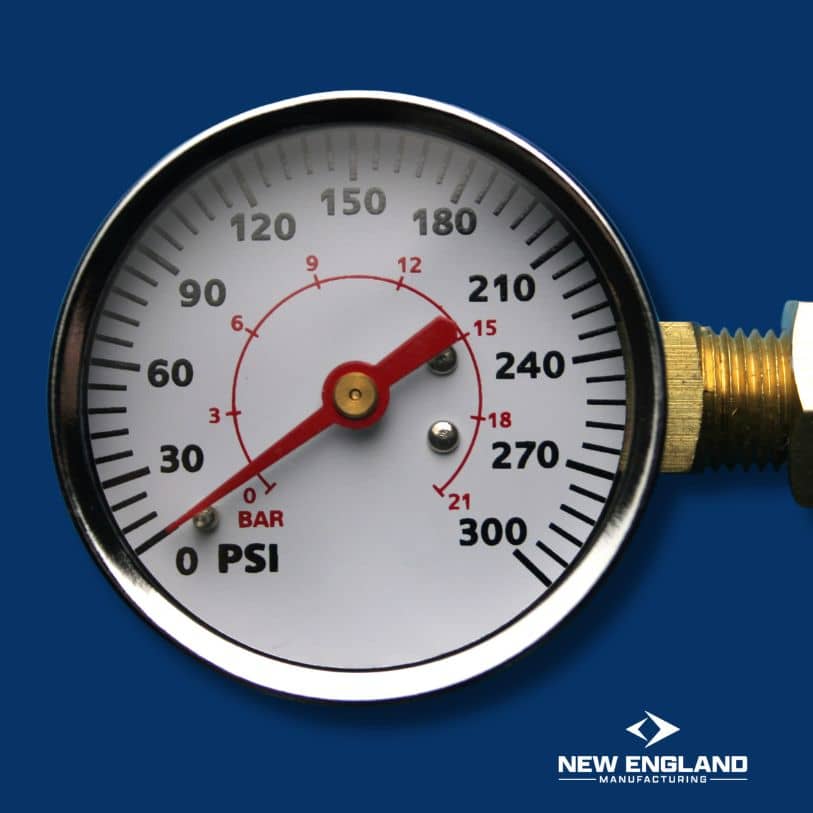Pump Up Safety with Fire Pump Systems
Ensuring a building’s safety starts with understanding its fire protection system. A key component is the fire pump. In this guide, we’ll explore fire pump systems in detail. Learn how they work, why they’re essential, and how to maintain them. Read on to secure your building.
Introduction to Fire Pump Systems
What is a Fire Pump?
A fire pump is a crucial part of a fire sprinkler system’s water supply. It increases the pressure of the water flow. This is especially important in buildings where the water pressure from the mains is insufficient. Fire pumps ensure water reaches all sprinkler heads quickly and effectively during a fire.
Types of Fire Pumps
There are several types of fire pumps, each designed for different needs and building structures. Here are the main types:
- Centrifugal Fire Pumps: These are the most common. They work by converting energy from a motor to move water. They’re reliable and efficient.
- Vertical Turbine Fire Pumps: These are used when water is sourced from underground tanks or wells. They’re ideal for locations where space is limited.
- End-Suction Fire Pumps: These are smaller and easier to maintain. They are used in smaller buildings or as part of a more extensive pump system.
How Fire Pumps Work
Fire pumps are activated by a drop in water pressure in the sprinkler system, which occurs when a sprinkler head is activated. The pump then draws water from a static source and increases its pressure. The high-pressure water is then pushed through the sprinkler system to combat the fire effectively.
Installation and Maintenance
Installation Guidelines
Proper installation is critical for fire pump systems. Here are key points to consider:
- Location: Install fire pumps in a dry, accessible area. They should be protected from freezing temperatures and easily reachable for maintenance.
- Power Supply: Ensure a reliable power source. Electric motors, diesel engines, or steam turbines can power fire pumps. Choose based on the building’s needs and available resources.
- Pipe Connections: Connect the pump to the water supply and sprinkler system using appropriate pipe materials and sizes. This ensures efficient water flow and pressure.
Regular Maintenance
Maintenance is vital to keep fire pumps in working order. Regular checks and tests can prevent failures during emergencies. Here are maintenance tips:
- Weekly Inspections: Check the pump’s physical condition, power source, and water supply. Look for any signs of wear, corrosion, or leaks.
- Monthly Testing: Conduct a churn test to ensure the pump starts and runs smoothly. Verify the water pressure and flow rate.
- Annual Maintenance: Perform a complete system check. This includes inspecting all components, testing the pump under load, and verifying the functionality of control systems.
Fire Pump Performance
Key Performance Indicators
Understanding the performance of a fire pump system is crucial. Here are key indicators:
- Flow Rate: The amount of water the pump can deliver per minute. This should meet or exceed the building’s fire protection needs.
- Pressure is the force with which water is pushed through the system. Adequate pressure ensures that water reaches all parts of the building.
- Reliability: The pump should start and operate correctly whenever needed. Regular maintenance and testing contribute to reliability.
Troubleshooting Common Issues
Even with proper maintenance, issues can arise. Here are common problems and solutions:
- Low Water Pressure: This can be caused by blockages or leaks in the system. Inspect and clean the pipes and pump regularly.
- Pump Fails to Start: Check the power supply and control systems. Ensure all connections are secure and the power source is reliable.
- Overheating can occur if the pump runs too long without adequate cooling. Ensure proper ventilation and cooling mechanisms are in place.
Compliance and Safety Standards
NFPA Standards
Fire pump systems must comply with National Fire Protection Association (NFPA) standards. These standards ensure systems are designed, installed, and maintained for adequate fire protection. Essential NFPA standards include:
- NFPA 20: This standard covers the installation of stationary fire pumps. It provides guidelines on design, installation, and testing.
- NFPA 25: This standard outlines the inspection, testing, and maintenance of water-based fire protection systems. It ensures that systems remain functional and reliable.
Local Regulations
In addition to NFPA standards, fire pump systems must comply with local building codes and regulations. These regulations vary by location and may include additional requirements for installation and maintenance. Always check with local authorities to ensure compliance.
New England Manufacturing and Fire Pump Systems
Quality and Reliability
New England Manufacturing is renowned for producing high-quality fire pump systems. Their products are designed to meet rigorous standards and provide reliable performance. Choosing a fire pump from a reputable manufacturer ensures the system’s longevity and effectiveness.
Custom Solutions
New England Manufacturing offers custom fire pump solutions tailored to specific building needs. Their expertise and innovative designs ensure optimal fire protection for any structure. Partnering with a trusted manufacturer can enhance your building’s safety and compliance.
Conclusion
Fire pump systems are essential for adequate fire protection. Proper installation, regular maintenance, and compliance with standards ensure these systems perform reliably. Investing in a high-quality fire pump, such as those from New England Manufacturing, enhances your building’s safety.
Stay proactive about fire safety. Regularly inspect and test your fire pump system to ensure compliance with all relevant standards. Explore our related services for more information on fire pump systems and expert advice. Share your thoughts in the comments, and let’s discuss how to keep our buildings safe.
By following this guide, you can ensure your fire pump system is ready to protect your building. Engage with us, share this post, and work together to enhance fire safety.
Read More:

Mark R.
With a strong foundation in industrial safety and fire protection systems, Mark R. specializes in creating clear, technical, and compliance-driven content. Writing for SafeTech Reports, he covers topics such as fire hydrant testing, PPE protocols, emergency procedures, and smart technology integration in safety systems. His work ensures that professionals stay informed on the latest regulations, best practices, and emerging trends in safety and infrastructure maintenance.
Get in touch
We usually respond within 24 hours
Need Reliable Water Flow Test Equipment?
For over 70 years, New England Manufacturing has been the trusted source for fire hydrant and water flow testing kits. From pitot gauge kits to custom test kits, we provide precision, durability, and expert calibration to meet your needs.
- Custom-built test kits
- High-quality pressure gauges
- Reliable calibration services


